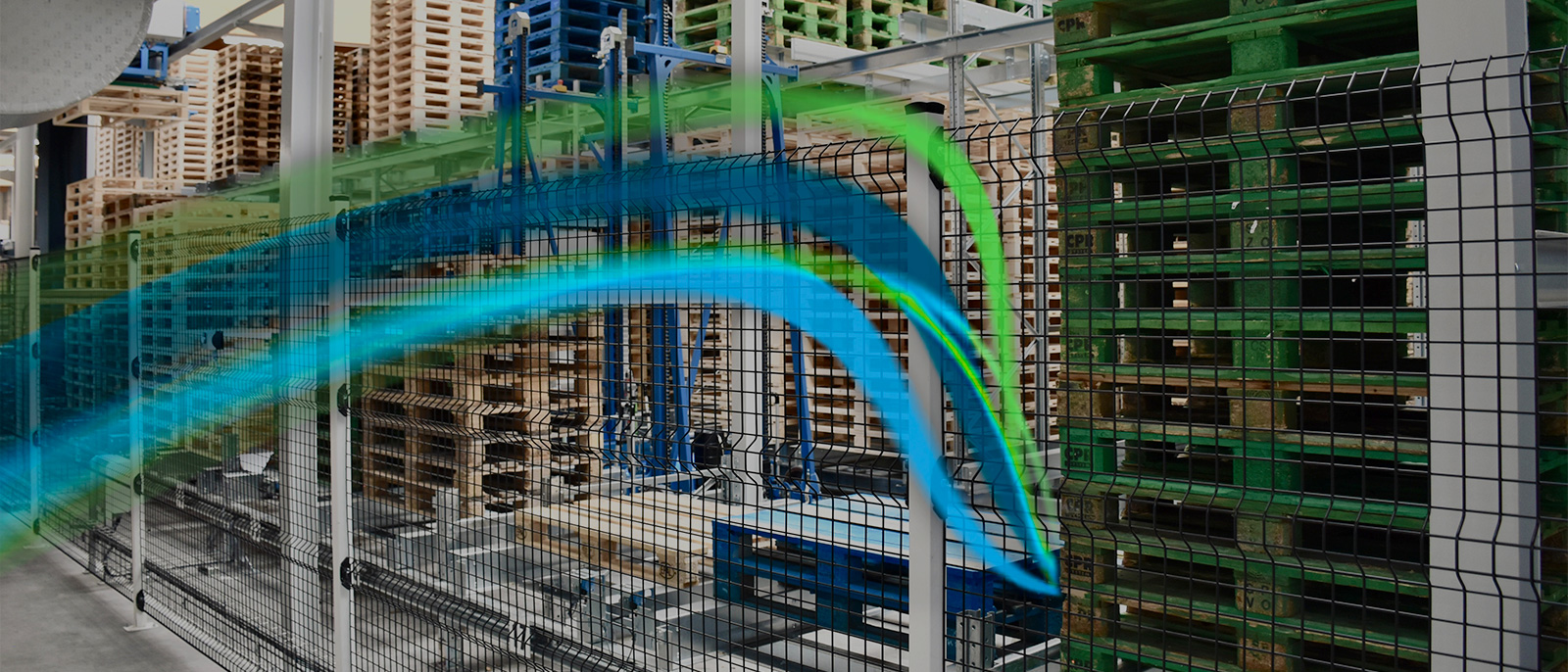Palletisation plays an important role in the logistics industry as it is a process that consists of placing goods together on top of a pallet to consolidate a load. This makes it easier for any handling equipment to transport it.
A pallet can provide a horizontal platform base for products so that the forklifts or pallet jacks can pick up and move loads as a whole.
The type of pallet chosen can be fundamental to provide the goods with stability. Therefore, the material the pallet will be made of needs to be considered (metal, plastic, or wood), as well as their measurements (GMA pallets, half pallets and Euro pallets primarily).
There are some factors that play in part in the type of pallet that will be selected:
• The storage systems that make up the warehouse
• Manual or automatic handling equipment
• Type of product stored
• The various suppliers of the company
What’s the purpose of palletisation?
The main purpose of palletisation is to protect the merchandise, maintaining perfect condition of the product across its logistical journey until it reaches the next logistics process or until it reaches the end customer.
Advantages of palletisation
Palletisation has become the standard unit load for warehousing. One advantage of palletisation is that goods loading, and unloading is more efficient as pallets enable operators (or automated loading docks) to insert and remove freight into and from the truck in a more agile way. Another advantage is that the products that are piled on top of pallets can be moved easily around the warehouse. There is also improved safety for products and operators when using palletisation as the pallets prevent workers from having to move the loads individually. Pallets are also stackable to there is high optimisation of storage space.
Palletising goods properly
There are 2 phases involved in palletisation: the loading of the goods and the securing of the goods. All unit loads must be deposited uniformly and stacked appropriately. As a general rule, small boxes are typically used as they have a regular shape and can be easily and neatly piled on top of each other.
Also, when palletising, the weight of the pallet must be evenly distributed and never concentrated too much in the centre or at the side. This is to prevent the pallet from becoming deformed and therefore preventing operators and goods from risk.
Furthermore, the goods cannot overhang horizontally or vertically, as this could cause the case to topple over when being transported or stored.
Once the load is stacked on the pallet, it’s important to create a compact structure that ensures goods remain stable during the various operations. This can be done by applying transparent film in the stretch wrapping process (this can protect the goods and bind them together).
If you have any questions regarding palletisation, please get in touch - use our Contact Form or give us a call on +44 (0) 2380 337778.
